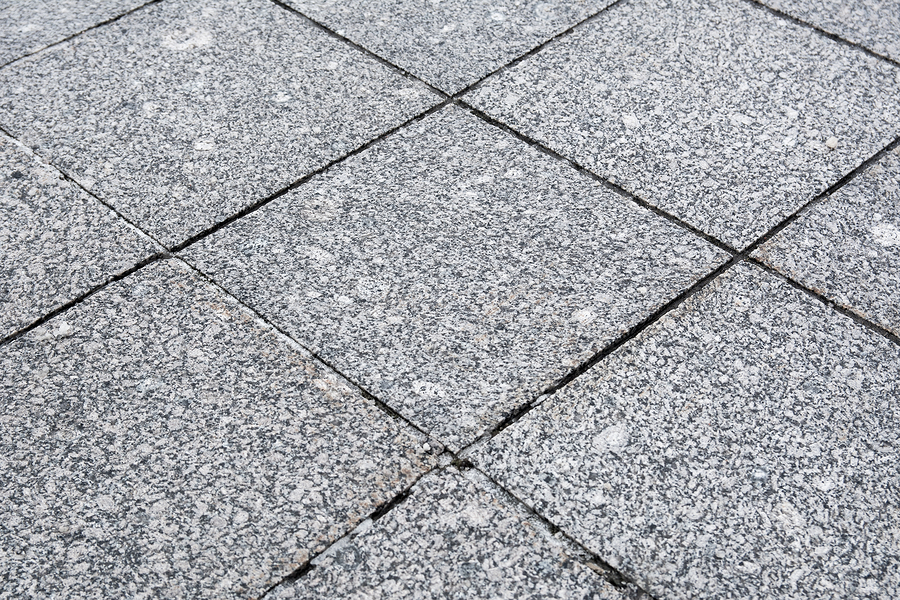Travertine paver cleaning do’s and don’ts
Part of what makes the landscaping of a home’s yard so eye-catching is the hardscaping. While leafy greens, colorful blooms, and lush lawns are certainly aesthetically-pleasing, hardscaping provides texture, contrast, and practicality to a landscape’s overall design. After all, in order to fully enjoy your newly designed landscape, you should be able to walk through it with ease and without feeling like you are damaging the grass surrounding you.
If you are a Sioux Center, Iowa, or a Rock Valley, Iowa, resident with dreams of dining in the midst of a perfectly landscaped and maintained yard, enjoying the food you created in your outdoor kitchen, it is important that you are not neglecting the maintenance required of hardscaping. Travertine pavers are perfect examples of materials that can greatly amplify an outdoor space, but that require routine maintenance in order for them to maintain their aesthetic appeal. Here are a few travertine paver cleaning do’s and don’ts to help you with your hardscaping maintenance routine:
Do: Apply a Sealer
Travertine is a permeable rock; this means that it is equipped with microscopic pores that make the travertine susceptible to discoloration or staining, damage, and mold growth. A sealant that is of a good quality can help protect your travertine from the elements.
Don’t: Apply a Cheap Sealer
While there are many ways that one can save money when it comes to landscaping and hardscaping, your sealant should not be something that you pinch pennies on. A high-quality sealant is very important and will save you money in the long run. A lower-quality sealant will make your travertine pavers vulnerable to damage over time.
Do: Mop
The best way to keep your travertine pavers pristine is by mopping them. By using a small amount of warm, plain water, you can ensure that your travertine pavers remain looking clean and neat.
Don’t: Drench Your Mop
While you should clean your floors, do not use cleaning material that is drenched in liquids. The excess water could seep into the tiles and could result in mold growth. Dry mopping or mopping with a lightly damp mop is best.
Do: Clean Regularly
Cleaning of your travertine pavers should happen every two to three days (or, at the very least, once a week). This can be done by sweeping, vacuuming, or mopping. You can also use a cleaning product and a dry cloth. While the cleaning method (as previously mentioned, mopping is best) can be narrowed down to personal preference, what matters most is that the floors are regularly cleaned.
Don’t: Neglect Cleaning
It can be easy to put off cleaning for a week because the floors do not appear to be too dirty. However, resist the urge to postpone cleaning. The best way to care for your travertine pavers is to prevent them from staining due to grime in the first place.
By following these travertine pavers cleaning do’s and don’ts, you will be able to ensure that your travertine pavers retain their aesthetically-pleasing appearance and charm for years to come.
